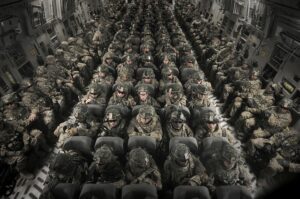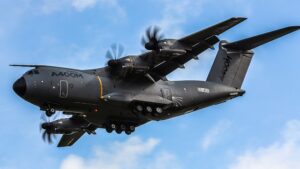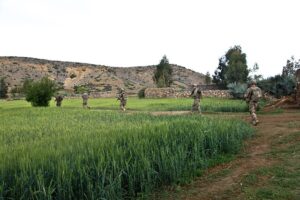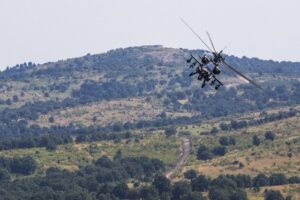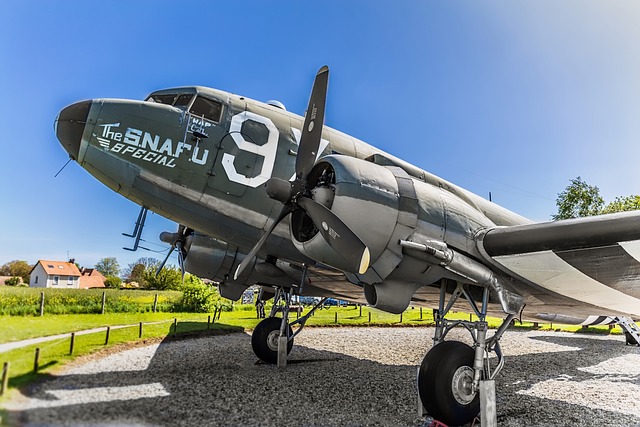
The 1st Cavalry Division Flag is a significant emblem that reflects the division's storied history, valor, and traditions within the U.S. military. Introduced during World War II, it has seen active service in numerous campaigns, each stripe representing a different battle. The flag combines the 1st Cavalry Division's insignia with the American flag's colors, symbolizing unity and pride for its members who adhere to the motto "First in Peace and Last in War." It has become an emblem of American military history, recognized at ceremonial events, reunions, and parades, and serves as a valuable educational tool about the division's impactful roles in conflicts. As a living testament to its legacy, the flag is continually produced, ensuring its enduring significance for future generations. The design features a golden palomino horseman atop a vigorous bronze steed, which honors the division's historical link to mounted riflemen and resonates with its roots in the Plains Indian Wars. Advanced printing technology has transformed the production of such flags, allowing for vibrant, detailed designs that enhance their visual impact and durability. The 1st Cavalry Division Flag thus stands as a symbol of unity, pride, and historical continuity, encapsulating the division's values and achievements while embracing modern technological advancements in its representation.
The 1st Cavalry Division Flag stands as a testament to honor, courage, and tradition within the United States military. This article delves into the historical significance of the flag, its intricate design that encapsulates the division’s legacy, and the advancements in printing technology that have transformed flag creation from the 1st Cavalry to modern-day applications. We will explore how printed signage like this iconic emblem plays a pivotal role in fostering unity and identity within military units and beyond, making it an essential aspect of group cohesion and historical representation. Join us as we celebrate and dissect the elements that make the 1st Cavalry Division Flag a symbol of perseverance and pride.
- Celebrating History: The Legacy of the 1st Cavalry Division Flag
- Design and Symbolism: Understanding the 1st Cavalry Division Flag
- Printing Techniques for Flags, Pennants, and Banners: From the 1st Cavalry to Modern Applications
- The Role of Printed Signage in Military Units and Beyond
Celebrating History: The Legacy of the 1st Cavalry Division Flag
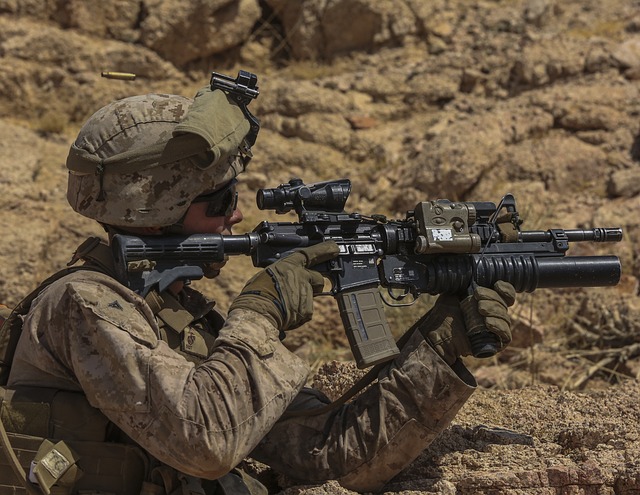
The 1st Cavalry Division Flag stands as a symbol of courage, honor, and tradition within the United States military. First flown during World War II, this emblematic flag has witnessed the trials and tribulations of countless battles, serving as a rallying point for soldiers who have contributed to the division’s storied history. Each stripe represents a campaign in which the 1st Cavalry Division has participated, encapsulating a tapestry of valor that spans across decades. The flag’s design, incorporating the division’s insignia and the American colors, has become a beacon of unity and pride for its members, reminding them of their shared heritage and the legacy they carry forward with every deployment. It is a physical representation of the division’s motto, “First in Peace and Last in War,” reflecting the soldiers’ commitment to maintaining global peace and readiness to respond swiftly when conflict arises.
Over the years, the 1st Cavalry Division Flag has become more than just a military standard; it has transcended its original purpose to become an icon of American military history. Its presence is often felt at commemorative events, reunions, and parades, where it honors the past while inspiring current and future generations of soldiers. The flag’s significance is not confined to military circles alone; it also serves as an educational tool, helping to educate the public about the division’s contributions and the pivotal roles it has played in various conflicts. As such, the 1st Cavalry Division Flag remains a living emblem that continues to be printed on flags, pennants, and banners, ensuring its legacy is preserved and celebrated for generations to come.
Design and Symbolism: Understanding the 1st Cavalry Division Flag
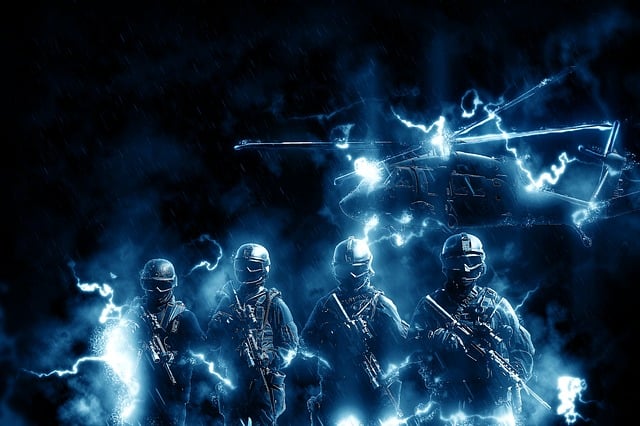
The 1st Cavalry Division Flag holds a rich tapestry of symbolism and design elements that encapsulate the division’s storied history and the values it stands for. At its core, the flag features a golden palomino horseman atop a rearing bucking bronze steed, both emblematic of the cavalry’s legacy and its association with the mounted riflemen who once formed a part of the division’s lineage. The horseman is clad in traditional 1890s attire, including a wide-brimmed hat, vest, and spurs, signifying the era of the Plains Indian Wars and emphasizing the division’s roots in this significant period of American history. The flag’s vibrant colors and dynamic composition are not only aesthetically pleasing but also serve to convey the courage, integrity, and honor that the 1st Cavalry Division has been recognized for throughout its deployments and campaigns. Each element of the flag’s design is carefully chosen to represent a facet of the division’s identity, from the horseman’s pose of readiness and action to the strategic placement of stars and emblems that pay homage to the division’s motto and its place within the United States military. The flag is a visual narrative that captures the essence of the 1st Cavalry Division, a symbol deeply respected by those who have served under its banner.
Printing Techniques for Flags, Pennants, and Banners: From the 1st Cavalry to Modern Applications
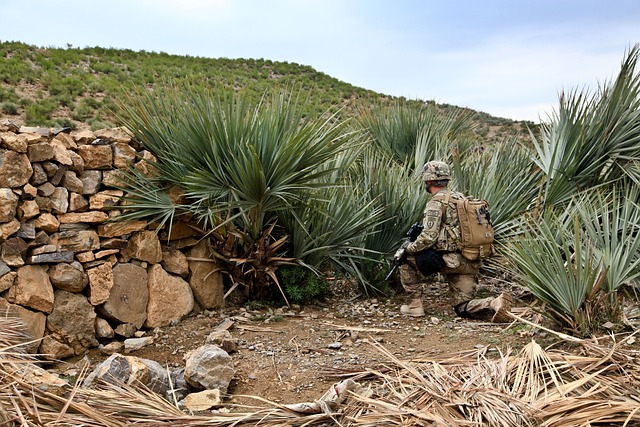
In the realm of emblematic displays, the evolution of printing techniques has significantly impacted the production of flags, pennants, and banners. Historically, the 1st Cavalry Division Flag serves as a poignant example of this progression. Initially, such flags were crafted with hand-sewn symbols and painstakingly applied inks or dyes, reflecting the artistry and dedication of their makers. Over time, technological advancements have revolutionized the process. Modern printing methods, including digital and screen printing, offer unparalleled precision and vibrancy, enabling mass production with consistent quality. These techniques allow for intricate designs, bold colors, and durable finishes that withstand various environmental conditions. The integration of advanced digital printers has further democratized flag creation, making it accessible to individuals, organizations, and businesses alike. This has led to a wide array of custom flags, pennants, and banners becoming commonplace in both ceremonial settings and everyday use, from honoring military heritage like the 1st Cavalry Division Flag to advertising in public spaces or celebrating special events.
The transition from traditional to modern printing techniques has not only enhanced the visual impact of flags, pennants, and banners but has also expanded their applications. The 1st Cavalry Division Flag, a symbol of valor and unity, exemplifies the importance of accurate and lasting representation in military contexts. Today, these printing methods extend far beyond ceremonial purposes, finding use in sports events, political campaigns, corporate branding, and festivals. With options like eco-friendly materials and sustainable inks, the industry continues to innovate, aligning with contemporary values of environmental stewardship while maintaining the integrity and legacy of these iconic symbols. Whether for historical representation or modern communication, the printing techniques used for flags, pennants, and banners are a testament to human ingenuity and the enduring significance of visual symbols in society.
The Role of Printed Signage in Military Units and Beyond
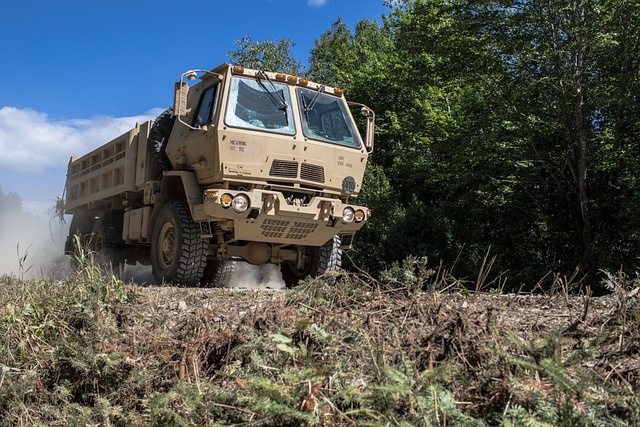
Printed signage plays a pivotal role in military units, serving as a visual identifier and symbol of unity, cohesion, and historical legacy. Within military formations, such as the renowned 1st Cavalry Division, flags and banners are not mere decorative elements; they embody the division’s values, achievements, and the collective spirit of its members. These emblems, often intricately designed and vibrantly printed, are instrumental in fostering a sense of identity and pride among personnel. They serve as a tangible connection to the division’s storied past and a beacon for future endeavors. In battle, on maneuvers, or during ceremonial events, these printed signages stand as testaments to the unit’s history, providing motivation and unity on the field. Beyond military application, the principles behind the use of such signage in units like the 1st Cavalry Division Flag can be applied in various contexts. Corporate entities, sports teams, and community organizations often utilize similar visual cues to promote team spirit, brand recognition, and a shared sense of purpose among their members. The power of these symbols lies in their ability to convey messages swiftly and effectively, transcending language barriers and fostering immediate recognition and affiliation with the group they represent.
The 1st Cavalry Division Flag stands as a testament to the rich history and enduring spirit of one of America’s most decorated divisions. Its design, laden with symbolism, encapsulates the division’s legacy and values, which continue to be relevant across various sectors beyond military use. The evolution of printing techniques for flags, pennants, and banners has not only honored this iconic emblem but also democratized the creation of impactful visual communications. As seen from the 1st Cavalry Division Flag’s journey, printed signage remains a critical element in forging group identity and morale, whether on the battlefield or within community events. This article has explored the significance of these visual symbols and their role in unifying individuals under a common cause.

